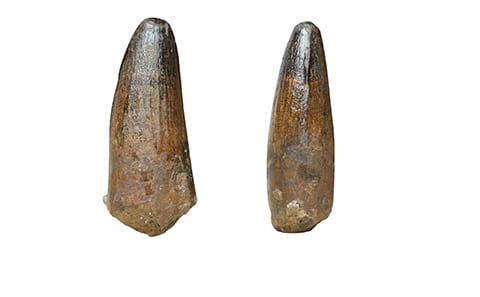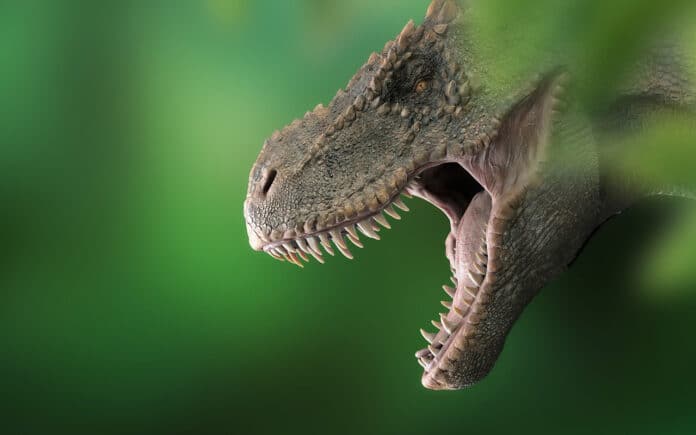Spinosaurids are an unusual clade of large-bodied tetanuran theropods best known for the multiple lines of evidence indicating specialization for a semi-aquatic ecology. They have a wide spatial distribution, with important specimens from England, Brazil, northern Africa, the Iberian Peninsula, and Southeast Asia.
Paleontologists at the University of Southampton studying a British dinosaur tooth discovered in the early 20th century in a thick have concluded that several distinct groups of dinosaurs inhabited southern England over 100 million years ago. Several tests on the 140 million-year-old tooth show that distinct and distantly related dinosaur types lived in the region during Early Cretaceous times.
This backs up research by the EvoPalaeoLab team, who argued in previous studies that the dinosaurs of southern England are more diverse than previously thought. Million-year-old tooth, scientists discovered that British spinosaurids were more taxonomically diverse than previously thought.
The tooth -that scientists studied was discovered in the early 20th century in a thick, complicated rock structure named the Wealden Supergroup. The Wealden lies across south-eastern England and was formed around 140-125 million years ago.
Project supervisor Dr. Neil Gostling explains: “While we can’t formally identify a new species from one tooth, we can say this dinosaur tooth doesn’t match any species we know about. Given how many individual teeth exist in collections, this could be just the tip of the iceberg, and Britain may have once teemed with a diverse range of these semi-aquatic, fish-eating dinosaurs.”

Lead author Chris Barker, whose Ph.D. focuses on the dinosaurs of southern Britain, said, “We used a variety of techniques to identify this specimen to test whether isolated dinosaur teeth could be referred to as Baryonyx. The tooth did not group with Baryonyx in any of our data runs. It must belong to a different type of dinosaur.”
The results show that distinct and distantly related dinosaur types lived in the region during Early Cretaceous times. This backs up research by the EvoPalaeoLab team, who argued in previous studies that the dinosaurs of southern England are more diverse than previously thought.
Dr. Neil Gostling. “This work highlights the importance of keeping collections alive and developing our understanding. Curators are essential to help us navigate the cupboards and displays, allowing us to unpick the often-incomplete records – either never fully recorded or lost to time. The diversity of palaeoenvironments is not always hidden in rocks; it is often waiting in a museum, its importance waiting to be rediscovered!”
Co-author Darren Naish said, “Dinosaur teeth preserve numerous anatomical details, and we can use various analytical techniques to see how similar, or different, they are to other teeth. Our new study shows that previously unrecognized dinosaur species exist in poorly known sections of Wealden’s history, and we hope that better remains will be discovered that improve our knowledge. Here’s another reminder that even well-studied places like southern England have the potential to yield new dinosaur species.”
Journal Reference:
- Chris T. Barker, Darren Naish, Neil J. Gostling. Isolated tooth reveals hidden spinosaurid dinosaur diversity in the British Wealden Supergroup (Lower Cretaceous). PeerJ, 2023; 11: e15453 DOI: 10.7717/peerj.15453
